No products in the cart.
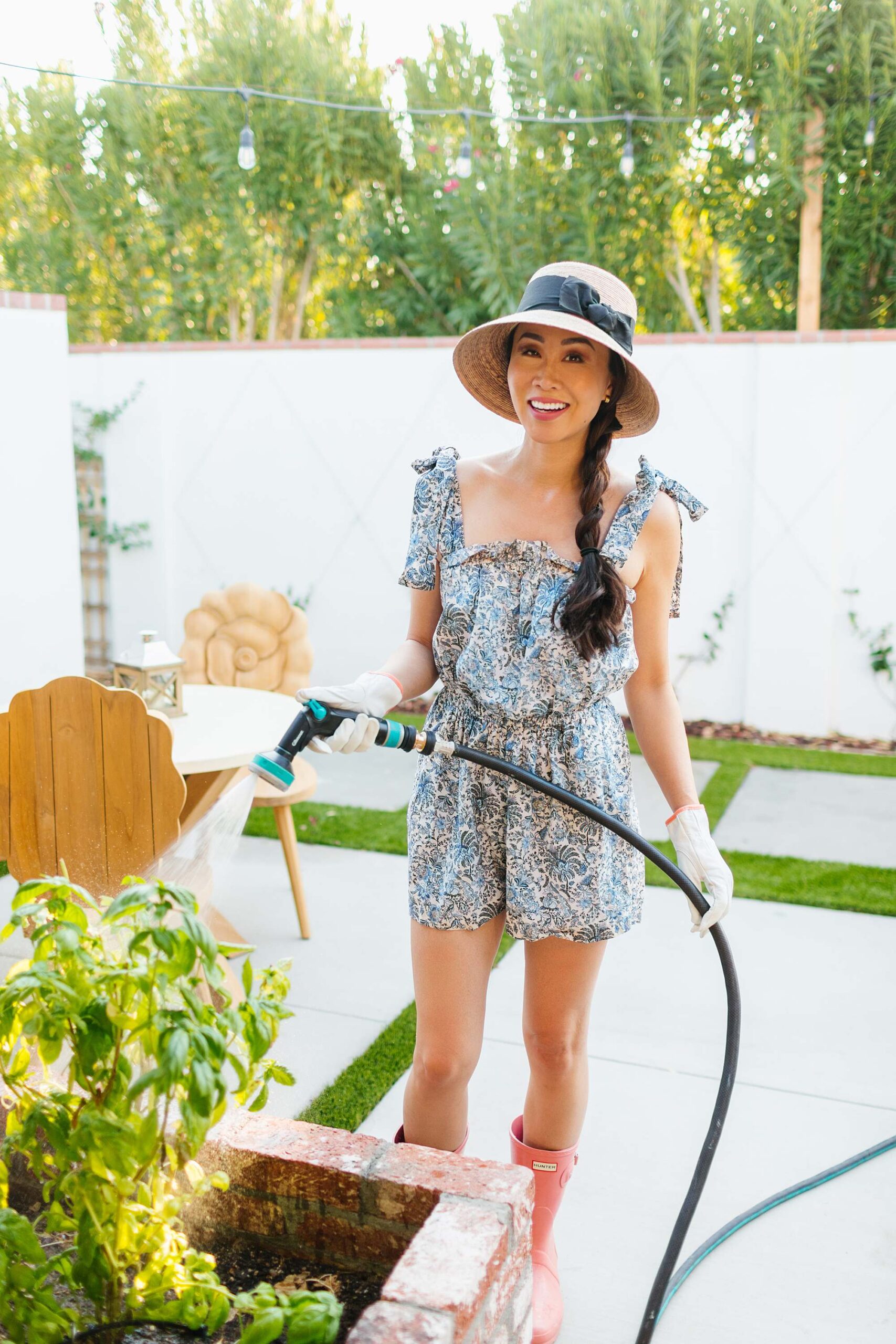
How We Fertilize the Garden and the Orchard
This post is sponsored by Gilmour. Opinions and text are my own.
Thank you for supporting the brands that support this blog.

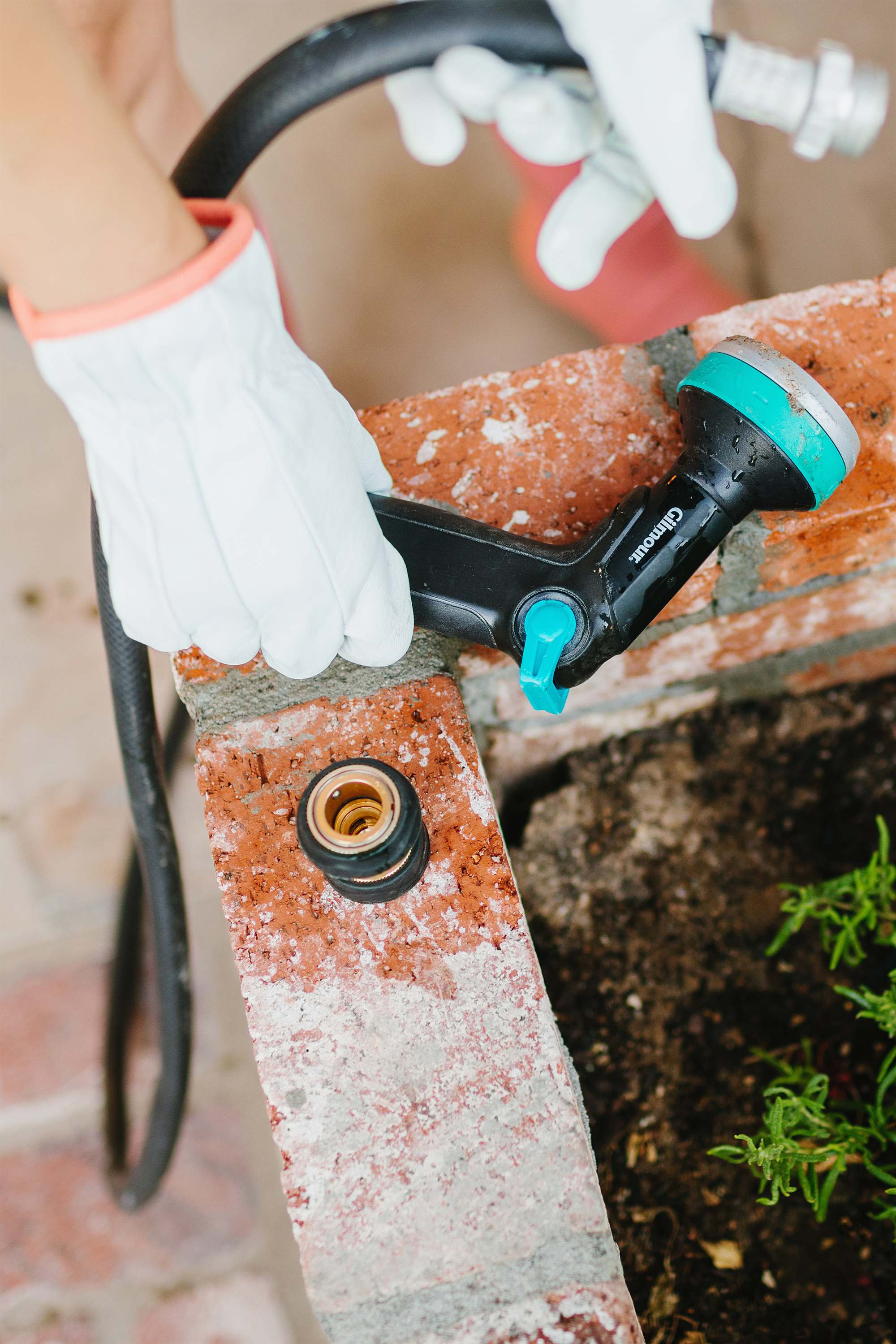
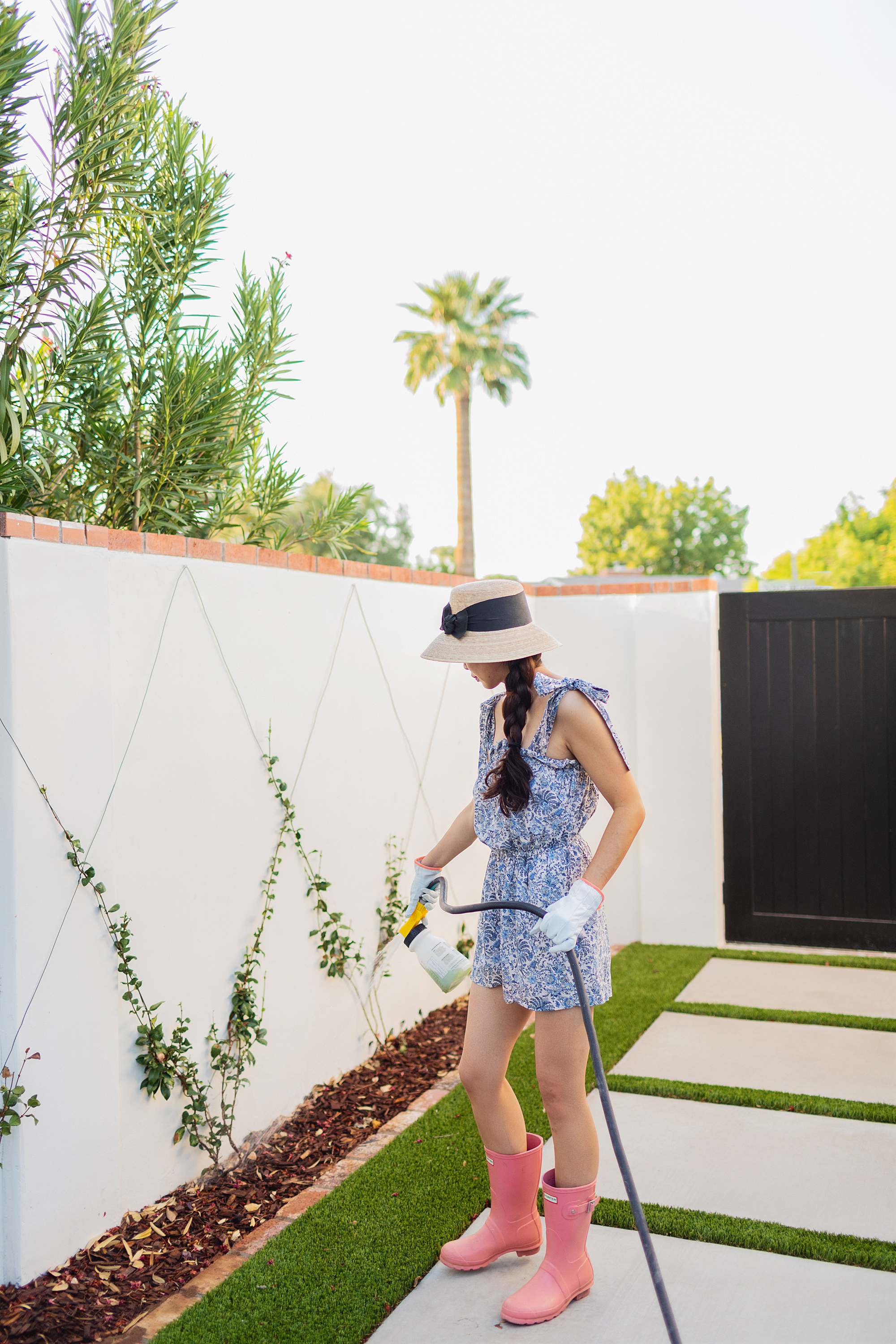

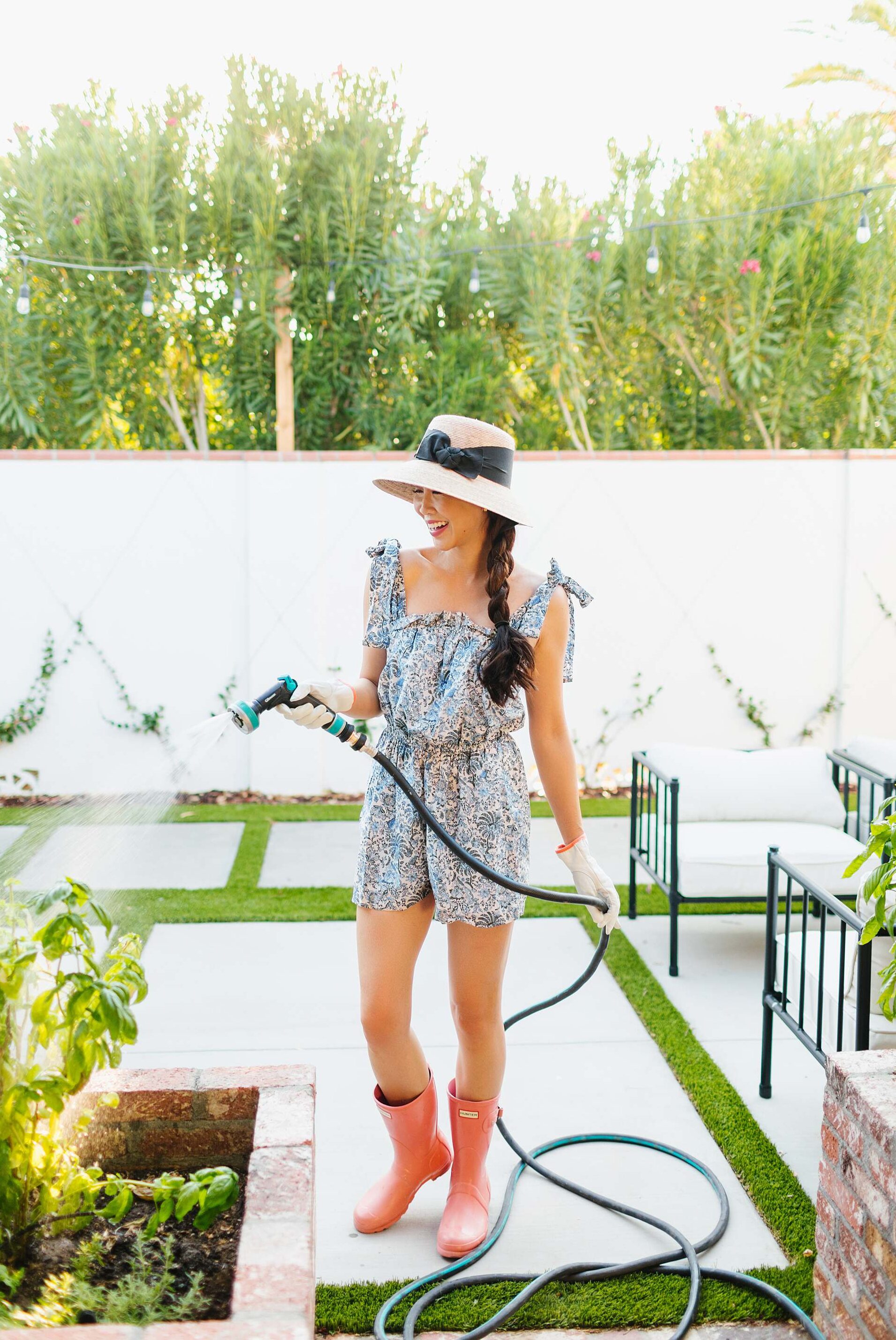
Featuring: Gilmour® AquaArmor™ Lightweight Hose + The Swivel Connect™ Watering Thumb Control Nozzle
When the sun starts to go down we head out (relief from the summer heat) – it’s time to prep the garden and the trees, we will having some growth again now that the worst of our Phoenix heat is over! 50 days over 110, my my, it’s time to rethink what we have in our garden is this is going to continue! Anyway, this is also the time we fertilize our plants and I thought if I talk about fertilization, I should share how we fertilize, when, and the tools we use!
We’ve been keeping our struggling plants alive with deep watering (I received a lot of messages over the summer asking about the lightweight hose we use that I had mentioned in spring). Our 100′ Gilmour® AquaArmor™ Lightweight Hose has been a lifesaver as our new front landscaping is large and we also needed to try to keep plants alive – boy has it been a chore in this heat, but we made it, most of us anyway. I’ll have to replace a few plants next month.
When I fertilize my plants
I fertilize when I know there’s going to be growth again –
- End of summer
- End of winter/early spring
- End of spring after first flush of blooms or the beginning of summer to give plants a little help to make it through the summer.
Look up what works best in your growing zone and for your plants and you can also use granular fertilizers and scratch them into the dirt by the roots and they slow release over time.
The goal is to feed your plants to make them bloom and produce so if you know they are going to bloom or produce fruit, try to fertilize it ahead of time. If you don’t have a lot of time, that’s when liquid fertilizer can come in handy, the plant will absorb it immediately.
The difference between fertilizer liquid, granular and stakes
Have you ever fertilized your plants with liquid fertilizer? Most think it means having to take a scoop of fertilizer and a watering can – which would be so tedious to refill and also take WAY TOO long, especially for a garden my size. When you think of what type of fertilizer to use, think of when you take pills – they come in liquid form, time release capsules, pills are created to release over time or work immediately which is similar to fertilizer ;) I came up with that myself haha!

Some gardens prefer this type of liquid feeding because it’s good to help plants that might be stressed from heat, pests or any disease. It’s suggested to use liquid fertilizer during critical growing stages like when the plants are first transported and when buds are about to form.
All the sprayers fit onto any hose end (I prefer the Gilmour® AquaArmor™ Lightweight Hose). It will spray the right amount as you use the hose like normal. I don’t know how it works but it does and eventually the container is empty when it’s all used up! With liquid fertilizer you may have to reapply often because the nutrients generally last 1-2 weeks but are quickly absorbed so you might see results quicker.
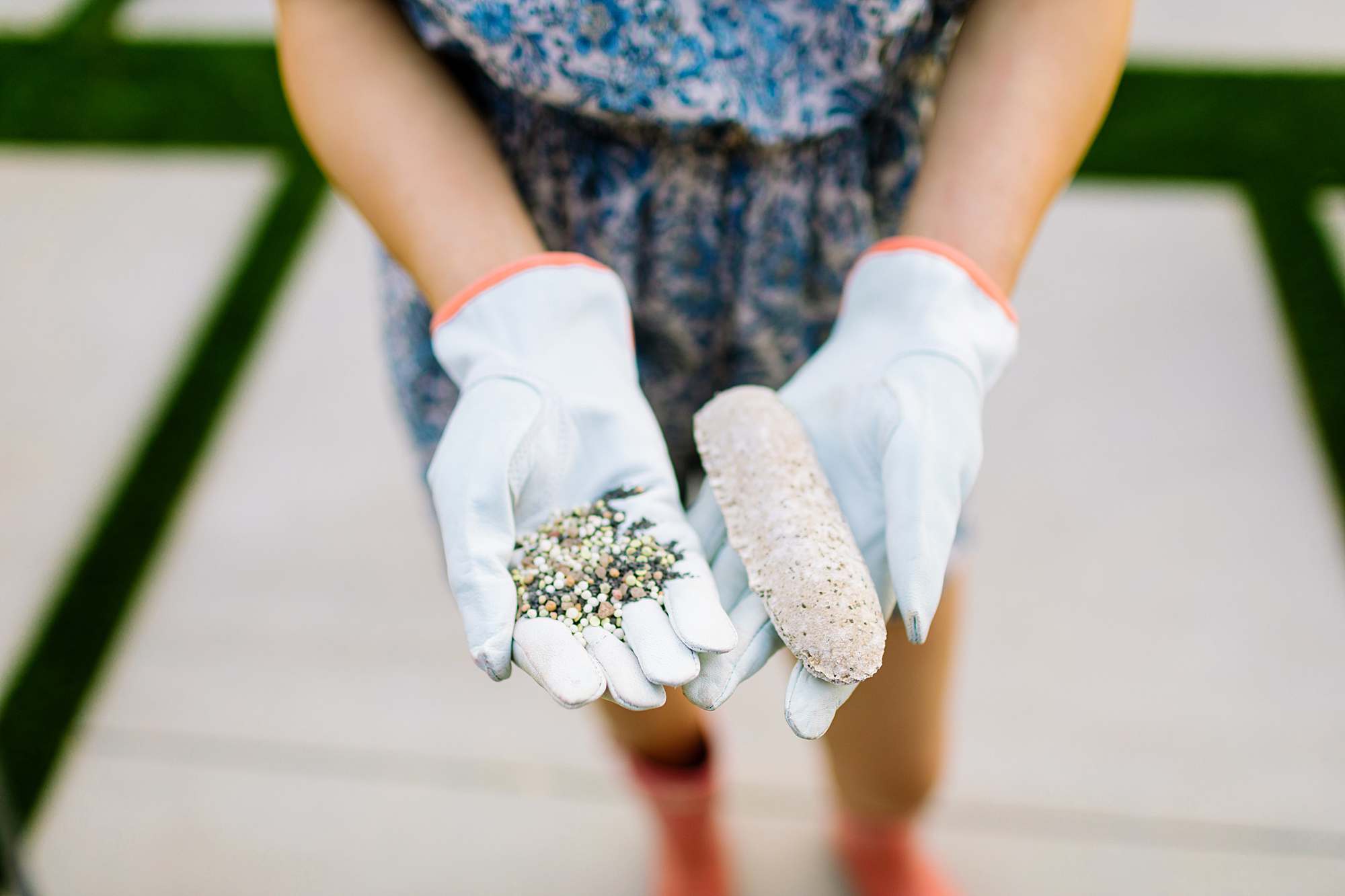
Granular fertilizers (left) will dissolve or decompose over time to feed the plants. Both are fine, it just depends on your time, and the plant. We use granular fertilizer for roses and our citrus, as well as fertilizer stakes we hammer into the ground. If you use the granular fertilizer, it would be good to give your plants some deep watering once you apply it at the base of the plant. It’s a great way to just toss at the base of the plants and say see ya!
Stake fertilizers (right) you pound into the ground – best done when the sprinklers have already gone or flood irrigation (which we have). We pound them into the ground at the edge of how far the tree canopy is – that’s usually how far the roots stretch. I put them in the ground when trees are just about to come out of dormancy so they can get the nutrients they need to produce blooms aka fruit!
I hope that helps!
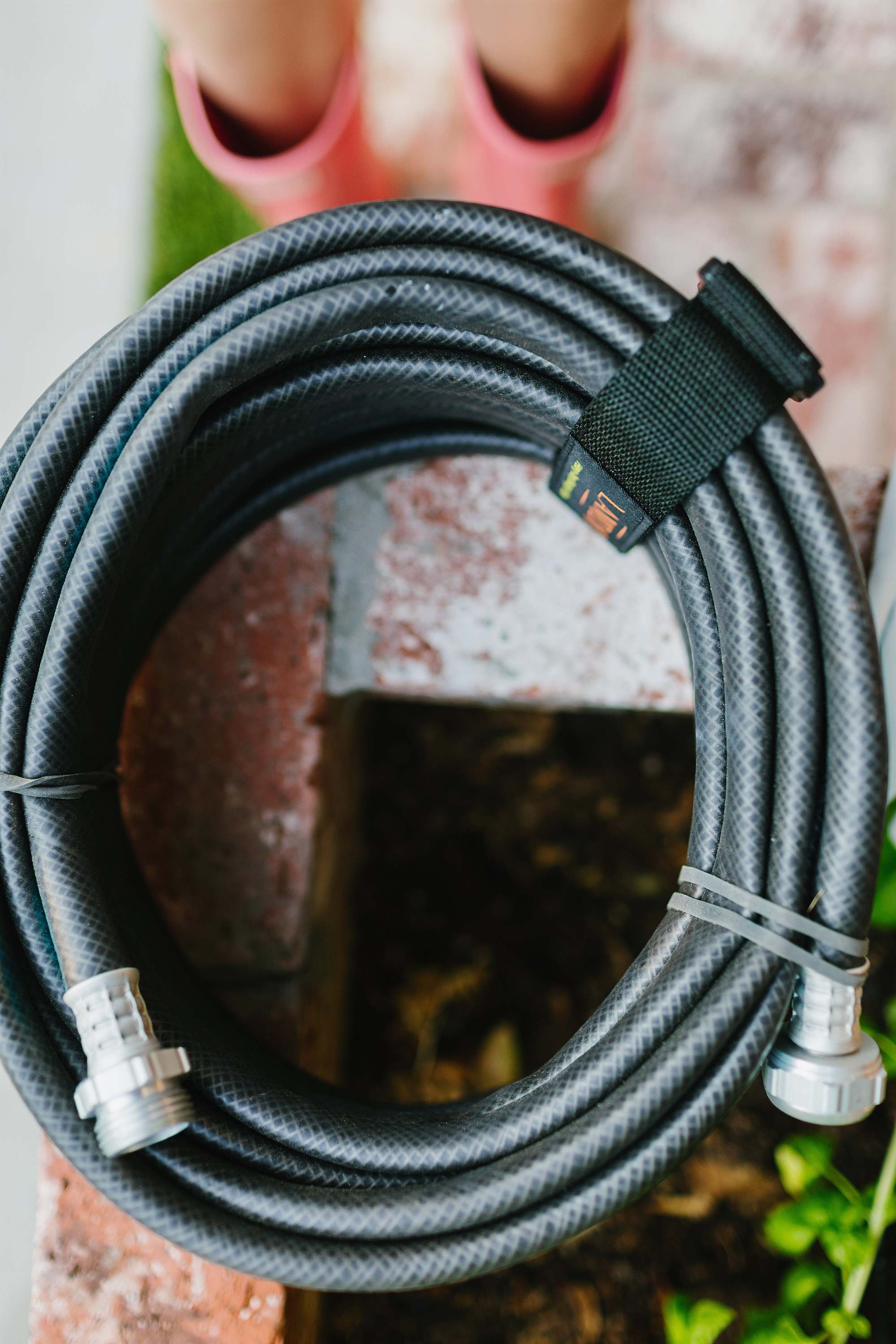
With all the property and plants we have, the last thing I want to do is drag around a heavy hose while using liquid fertilizer or watering any of my plants as we did this summer. The Gilmour® AquaArmor™ Lightweight Hose is made in the U.S.A. backed by a lifetime warranty and is an impressive 50% lighter than standard hoses.
It comes in 25′, 50′ and 100′ and is up to 10x longer-lasting than expandable hoses. I recommend the 100′ so you can reach all corners of your property! The hose coils flat when not in use and becomes round for maximum flow during use and unkinks itself. The hose is also drinking water safe, free of lead, BPA, phthalates and PVC, and ideal for food gardens, RVs, boats and more!
Diana Elizabeth is excited to garden every day when the temps get to 85! For the little while this month she heads out when the sun goes down to garden for an hour or two, that’s when she gets her exercise!





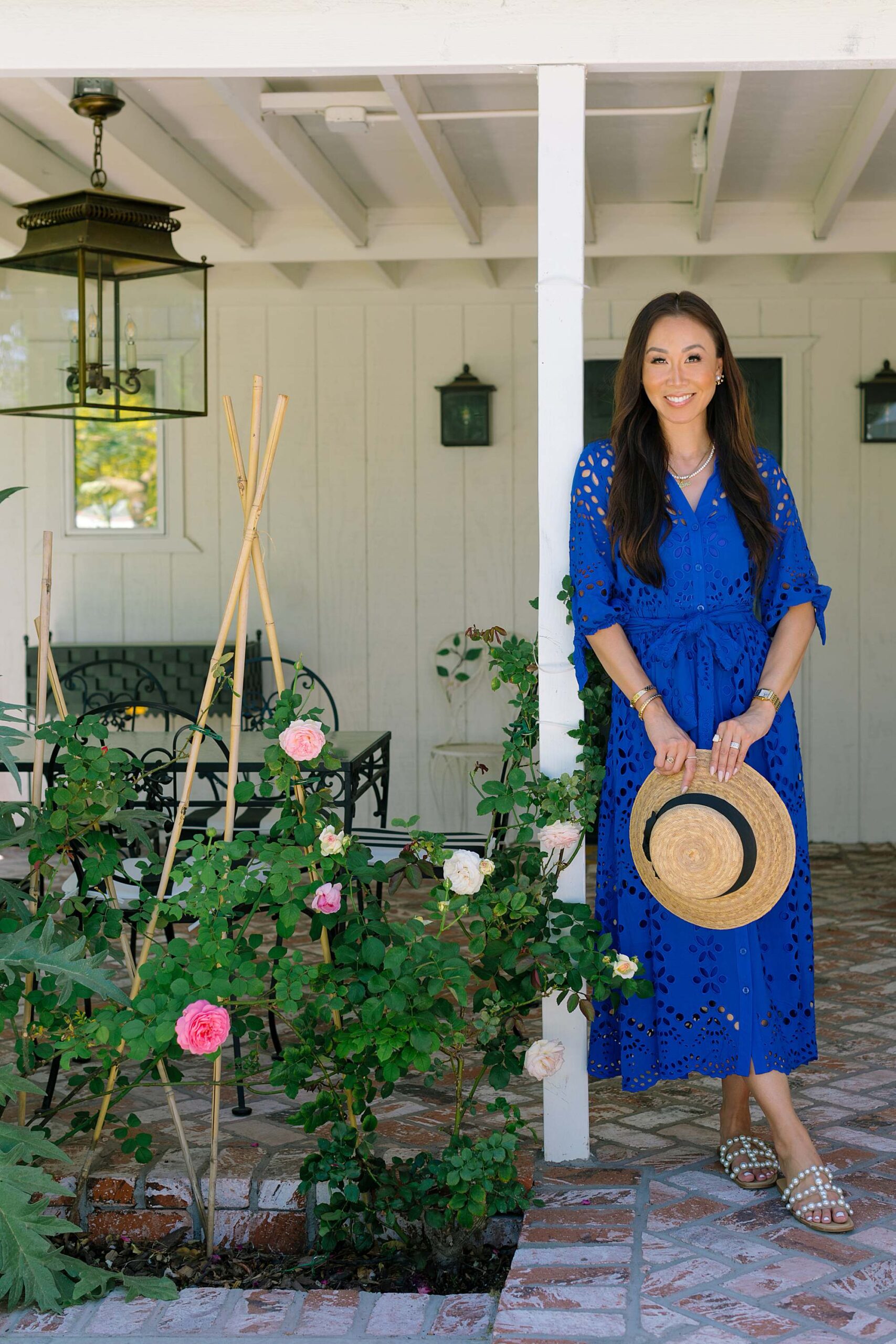
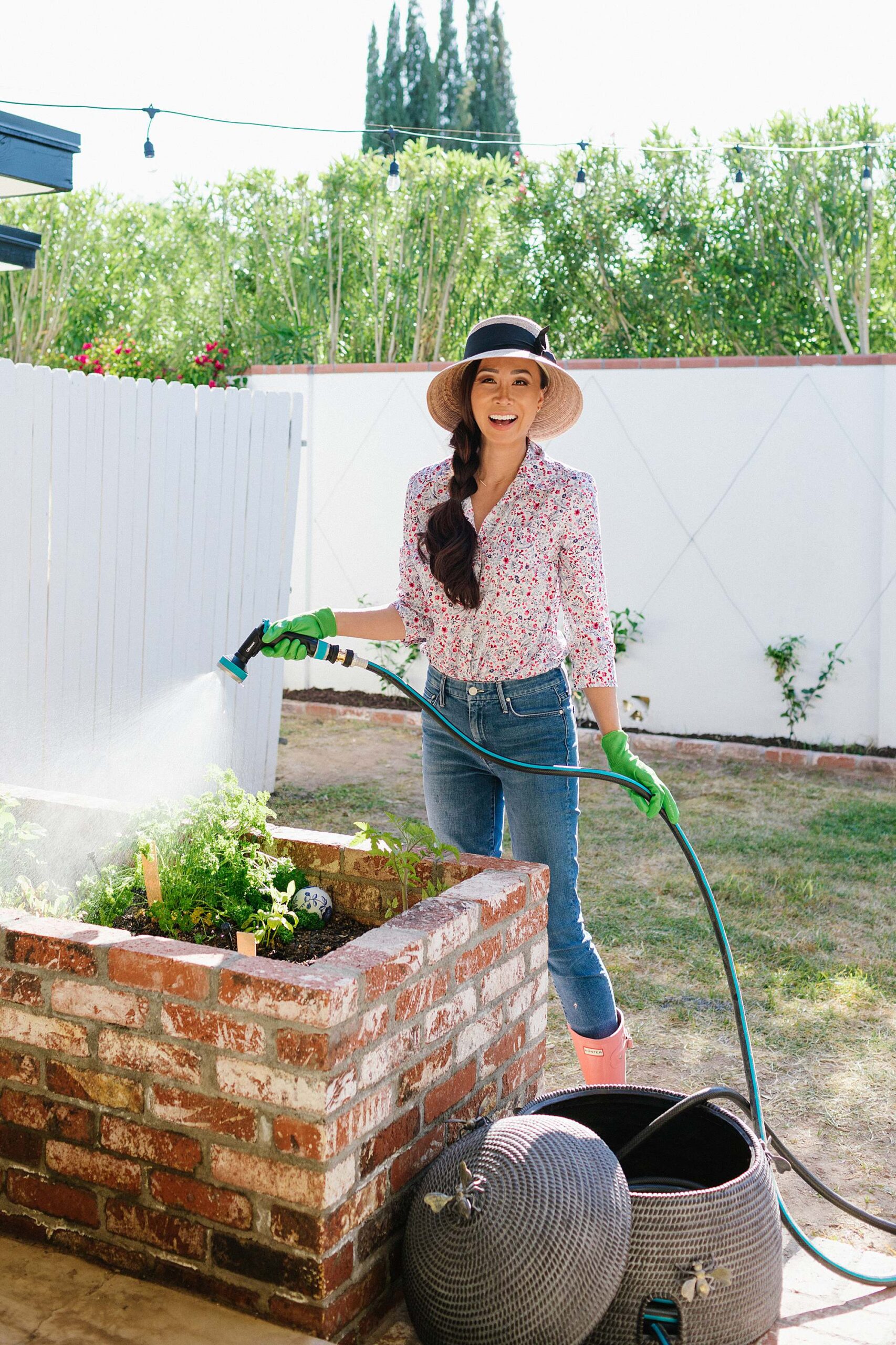
POST COMMENT